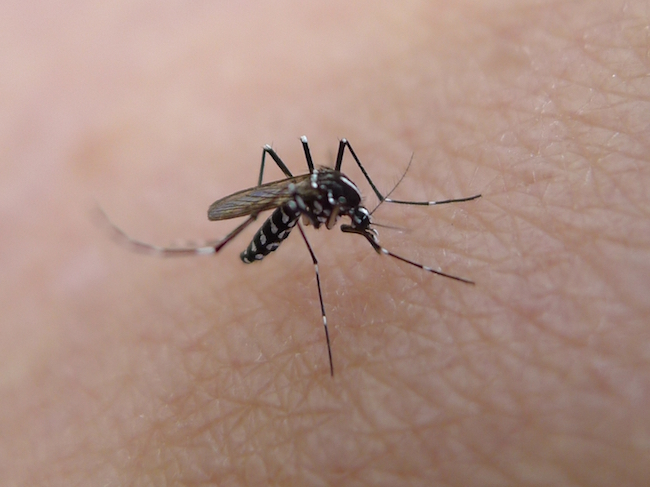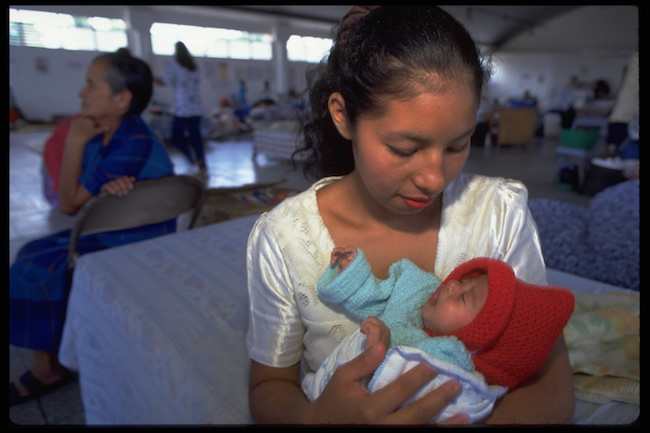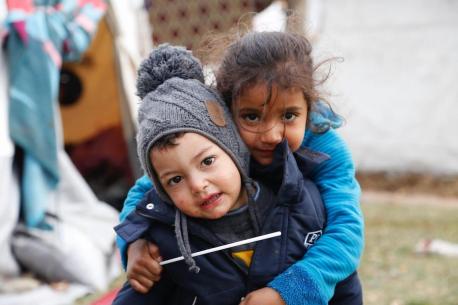What You Need to Know about Zika, UNICEF & Mosquito-Borne Disease
Update 4/14: U.S. health officials confirm — Zika virus causes birth defects. Read more below.
Update 3/3: Google has teamed up with UNICEF, donating $1 million to help map, anticipate and fight the spread of Zika. Read more below.
1. What is the threat to children from the Zika virus?
As the Zika virus spreads “explosively,” the threat to unborn children is very real. In Brazil, there are about 4,000 suspected cases of microcephaly, a neurological disorder that results in babies born with abnormally small heads, and Colombia has reported its first cases of the disorder linked to the virus. Zika has spread to 26 Latin American and Caribbean countries, and the World Health Organization (WHO) has declared a global public health emergency. President Barack Obama is asking Congress for $1.8 billion for mosquito control, education outreach, vaccine research and aid to the populations most affected.
In April, officials at the Centers for Disease Control confirmed the link between Zika and microcephaly. Dr. Margaret Chan, WHO’s director-general, had already warned that the clusters of cases constituted “an extraordinary event and a public health threat to other parts of the world."

The yellow fever mosquito, Aedes aegypti, is responsible for the transmission of most Zika cases in Brazil. Experts are concerned that Aedes albopictus, the Asian tiger mosquito (shown here), can also be a Zika carrier. © John Tann
2. How is UNICEF activating around Zika?
UNICEF is working with both WHO and the Pan American Health Organization (PAHO) to prevent and control the spread of the Aedes aegypti mosquito, which carries the Zika virus.
Building on long-standing partnerships with national and local authorities, civil society organizations and community networks, UNICEF is using its 24 offices serving 35 Latin American and Caribbean countries and territories to mitigate the impact of Zika on children and families and to drive the development of rapid diagnostic tests and vaccines.
On March 3, Google announced a $1 million donation to UNICEF to fight the spread of Zika. The tech company, which says search interest in the virus has surged by 3,000 percent since November, has added information about Zika to its search engine in 16 languages, including public health alerts.
UNICEF is working with Google engineers to map and anticipate Zika. UNICEF expects to use this data to reach 200 million people with critical information on staying safe.
3. What is the most powerful weapon against Zika?
Knowledge — in conjunction with mosquito-control measures — is our most powerful asset in halting the spread of the disease and protecting pregnant women. Says Dr. Heather Papowitz, UNICEF’s senior advisor for health emergencies, “We need to act fast to provide women and pregnant mothers with the information they need….and we need to engage with communities on how to stop the mosquito that is carrying and transmitting this virus.”
UNICEF is helping Brazil's Ministry of Health and other partners provide communities with critical information on how to avoid mosquito bites and eliminate mosquito breeding grounds. UNICEF is also working on nationwide media outreach so that all Brazilians have the right information to protect themselves.

Mothers like this one in Miraflores, Honduras, need critical information about protecting their infants from the Zika virus. © UNICEF NYHQ1998-0623
4. What actions can women take to protect themselves?
In Brazil, and other affected countries, UNICEF is urging women to take simple measures that include using insect repellent, covering as much of the body as possible with long, light-colored clothing, eliminating places where mosquitoes can breed and putting screens on windows and doors. Pregnant women who think they have been exposed to the virus should seek care from a trained health provider.
5. What is UNICEF's experience fighting mosquito-borne disease?
UNICEF has been working to protect children and families in Latin America and the Caribbean against mosquito-borne disease for more than 50 years -- from providing insecticides, vehicles and equipment in support of nationwide mosquito control campaigns in the 1950s, to working with governments and regional organizations today in the effort to keep communities safe from Zika. Globally, UNICEF is a leader in the fight against mosquito-borne diseases like dengue and malaria, still a leading killer of children.
HOW TO HELP
There are many ways to make a difference
War, famine, poverty, natural disasters — threats to the world's children keep coming. But UNICEF won't stop working to keep children healthy and safe.
UNICEF works in over 190 countries and territories — more places than any other children's organization. UNICEF has the world's largest humanitarian warehouse and, when disaster strikes, can get supplies almost anywhere within 72 hours. Constantly innovating, always advocating for a better world for children, UNICEF works to ensure that every child can grow up healthy, educated, protected and respected.
Would you like to help give all children the opportunity to reach their full potential? There are many ways to get involved.





